If you ever want to understand Britain, really understand it, don’t ask about politics, football, or the weather. Ask about cake.

Because cake in the UK isn’t just a dessert. It’s a time machine. It’s a regional passport. It’s comfort, nostalgia, aspiration, and identity - all layered between buttercream and sponge. And nowhere is this more evident than in the delicious tug-of-war between London’s cosmopolitan cake preferences and the rest of England’s more traditional leanings.
In this study, we’ve set out to crack the case of London's AND the UK’s top ten cakes, examining not only which confections reign supreme in London and beyond but also why they do. The results are telling and, surprisingly, revealing.

But before we slice into the data (metaphorically), a note on method. We didn’t have access to direct bakery sales or supermarket tills. Instead, we turned to the digital breadcrumbs: menus from top bakeries, trending searches, social media discussions, blog recommendations, regional food maps, and (most revealing of all...) emotional language in online reviews.
We combed through platforms from Reddit to the Good Food Guide, and from TikTok virals to TripAdvisor musings. When people talk about cake, it turns out, they do so with deep affection and fierce loyalty. And from this rich dataset, we derived the ten most referenced, celebrated, and craved cakes in London and the rest of England.

Let’s begin with the capital.
In London, the cake landscape is as eclectic and visually curated as a Notting Hill brunch menu. Red Velvet stands out not just in hue but in frequency, topping almost every list. Then there’s Carrot Cake, surprisingly unpretentious and resilient, possibly because it brings up a sense of wholesome indulgence. Victoria Sponge still holds a courtly presence, a nod to its enduring charm and tea-room respectability.
Chocolate Cake, in its various guises - devil’s food, triple-layered, flourless - remains a dependable stalwart, while cupcakes (yes, plural - because in London they come in seasonal collections) are omnipresent. And if you’re wondering about aesthetics: Rainbow Cake and Mille Crepe are practically made for Instagram. You’ll find them towering behind café windows in Soho or glistening in Mayfair cake shops. Add Bakewell Tart, Lemon Drizzle, and a rotating cast of flamboyant celebration cakes, and you have a London top ten that is part tradition, part edible art installation.

Now, let’s travel north, west, east and everywhere in between - beyond the M25. Here, the cakes tell a different story.
The Victoria Sponge reigns not as an ironic throwback, but as a genuine staple. Its jammy, buttery simplicity remains unparalleled in its ability to spark the nostalgia of childhood teatimes and village fêtes. The Lemon Drizzle - zingy, sticky, humble - follows close behind. Bakewell Tart, with its almond frangipane centre and cherry garnish, isn’t just popular; it’s a regional icon. We see more of the Fruit Cake here - rich, spiced, steeped in history (and often a generous glug of brandy). Scones appear too, straddling that curious divide between biscuit and cake but so inseparable from English cake culture they must be counted. Parkin, Battenberg, Chelsea Buns, and Madeira Cake round out the list - each a reflection of heritage, thrift, and the comforting satisfaction of proper British baking.

And where is Red Velvet, you ask? More of a distant acquaintance than a close companion in the provinces. Ditto Rainbow Cake and the Mille Crepe. In the regions, cake is less about spectacle and more about substance. Less Paris patisserie, more parish hall.

The table below offers a side-by-side comparison of the top ten cakes in London versus the rest of England - not as a definitive decree, but as an insightful slice of what we, as a cake-loving nation, choose to eat when we want to feel joy.
| Rank | London | Rest of England |
| 1 | Red Velvet Cake | Victoria Sponge |
| 2 | Carrot Cake | Lemon Drizzle Cake |
| 3 | Victoria Sponge | Bakewell Tart |
| 4 | Chocolate Cake | Fruit Cake |
| 5 | Cupcakes | Scones |
| 6 | Rainbow Cake | Madeira Cake |
| 7 | Mille Crepe | Parkin |
| 8 | Bakewell Tart | Battenberg Cake |
| 9 | Lemon Drizzle Cake | Carrot Cake |
| 10 | Celebration/Novelty Cake | Chelsea Buns |
At first glance, cake seems apolitical. A sweet treat. A pleasure. But scratch the surface and you’ll find it’s entrenched in questions of class, aspiration, and even historical resilience. Cake is never just cake.
Take London. The city’s diverse cake landscape isn’t just a result of adventurous palates - it’s a product of globalisation and economic contrast. In a single street you might find a £3 cupcake shop nestled beside a Persian patisserie offering saffron-infused almond cakes and, down the road, a minimalist Japanese café serving cloud-like soufflé cheesecakes. That variety stems from London’s extraordinary socio-economic range and its role as an international city. A city where a pastry might be a payday indulgence or a fashion accessory, depending on your postcode. There’s also a growing market in London for cakes that reflect dietary choices - vegan, gluten-free, dairy-free - not just for medical necessity, but lifestyle alignment.

Outside London, however, the picture is different. Here, cake remains a kind of democratic pleasure. It’s about what’s familiar, comforting, and filling. Ingredients are often simpler, recipes unchanged for decades. Madeira Cake, for example, doesn’t rely on imported chocolate or matcha powder. Just flour, butter, lemon zest. And that’s part of its appeal - it’s humble, reliable, and economical.
Now let’s talk Carrot Cake - the quiet overachiever on both lists. Its success might, surprisingly, be rooted in hardship. During the Second World War, sugar was rationed, but carrots were abundant. They added sweetness and moisture to cakes at a time when luxuries were scarce. What was born out of necessity is now a national favourite, equally at home in London cafés as in northern garden centre tea rooms. It’s a perfect example of how historical constraint can forge enduring culinary affection.

And then there’s Fruit Cake - the original celebration cake, once reserved for the wealthy. Spiced, boozy, dense with dried fruits that had to be imported at great cost, it was a symbol of opulence. Even today, despite its decline in coolness (and a certain whiff of Christmas obligation), it still carries that aura of occasion - the “serious cake” for weddings, anniversaries, and traditionalists.
Victoria Sponge, by contrast, democratised luxury. The invention of baking powder in the 19th century made fluffy sponge accessible to home bakers, and Queen Victoria's fondness for it during afternoon tea made it fashionable. Suddenly, it wasn’t just a royal treat. It was something anyone could aspire to make. It’s the cake that bridged classes, and arguably still does.

Cake, in short, has always reflected who we are and what we want - sometimes even more than we realise.
When you listen closely to how people describe cake, you realise they’re not just reviewing food. They’re revealing feelings. Cake, after all, is the great sentimentalist of the food world. It’s rarely just consumed; it’s experienced, remembered, and, crucially, narrated.
In the London Birthday Cake scene, the language of cake tends to reflect the city’s fast-paced, trend-sensitive identity. Reviews and social media posts use words like “showstopper,” “decadent,” “elevated,” or “next-level.” There’s a clear emphasis on visual impact - “Insta-worthy,” “gorgeous layers,” “aesthetic perfection.” It’s the language of theatre, of aspiration, and often, of fashion. Cakes aren’t just baked - they’re curated, styled, and staged.
Descriptions of Rainbow Cake, for example, often verge on performance art: “a technicolour dream,” “like eating a unicorn’s birthday,” or “too pretty to eat (but I did anyway).” Even Red Velvet, once a rich cocoa-based indulgence, is often reduced to a mood: “moody luxe,” “velvet in cake form.”

In contrast, when people outside of London write or talk about cake, the tone is different - warmer, less performative, more rooted in tradition and emotion. Words like “comforting,” “home-made,” “proper,” and “old-fashioned” abound. The nostalgia is palpable. A Victoria Sponge might be described as “how my mum made it,” and a slice of Parkin as “bonfire night on a plate.”
The emotional vocabulary of regional cake reviews often hinges on memory. These aren’t just cakes - they’re edible heirlooms. One Bakewell Tart reviewer referred to it as “a Sunday staple since I was little.” Another called their mum’s fruitcake “a legacy.” That sense of generational continuity is powerful - and largely absent from the way cakes are discussed in London, where the emphasis is more often on novelty and experience than inheritance.

What’s striking is that in both regions, people talk about cake as a kind of emotional shorthand, but the emotions differ. In London, excitement, delight, and even awe are common reactions. In the rest of England, the dominant feelings are warmth, nostalgia, and contentment.
Even the way people share cakes differs. In London, it’s common to see people photographing their cakes in minimalist cafés, latte art nearby, sunlight perfectly diffused. Outside of London, cake is often shared in group settings - a tin brought to work, a plate served at a WI meeting, a reward after a long walk. The cake is less the centrepiece and more the glue.

So while the cakes themselves might differ, what unites them is the way they act as vehicles for expression - of taste, of memory, of community. And perhaps that’s what makes cake such a potent cultural marker. It’s not just what we eat. It’s how we talk about it.
In a country often stereotyped for its reserved nature, cake is one of our great emotional releases. It’s the edible equivalent of a long, warm hug - or, in London’s case, a dramatic entrance at a party. But it’s more than comfort food. Cake is culture. Cake is code.

Across England, from Shoreditch to Sheffield, cake choices reveal more than a sweet tooth. They illuminate regional identity, a connection to place, and a quietly held sense of pride. The presence of Parkin, Bakewell Tart, or Chelsea Buns on regional favourites lists isn’t just about taste. It’s about belonging. These are cakes you inherit, cakes you grow up with, cakes that carry with them the weight of tradition and the warmth of family memory.

In London, the variety and boldness of cake trends speak to the city’s constant reinvention. The Red Velvet Cake may have originated in the American South, but in London it’s been reborn as a cultural chameleon - vegan, gluten-free, tiered, topped with edible gold. It’s less about tradition and more about personalisation. London’s cake culture is globally minded and ever-changing, which makes sense in a city where nearly every world cuisine is within walking distance.
But even here, old favourites remain. The Victoria Sponge stands out as the quiet diplomat of British baking. Universally loved, bridging city and countryside, old and new. It’s eaten in Covent Garden's cake shops and Yorkshire village halls alike. It’s not flashy, but it’s reliable. It’s the monarchy of cake: always present, often debated, rarely surpassed.

Then there’s the faint but detectable thread of class. Historically, cakes were indicators of wealth and occasion - consider the heavy, fruit-laden Christmas Cake, once a display of imported luxury. And while those lines have blurred (and thankfully softened), subtle echoes remain. In some circles, the choice of a minimalist Madeira Cake over a rainbow-swirled unicorn gateau might be read, rightly or wrongly, as a quiet assertion of taste. In others, the ability to source a 14-layer matcha mille crepe cake from a niche bakery in Marylebone is a symbol of cultural capital.
But here’s the truth: cake cuts through all of that. The moment it’s served, on bone china or paper plate, it levels the room. It’s a shared joy. A sweet pause. A nod to the past, even as we bake toward the future.

So whether you prefer your cake steeped in tradition or stacked like a patisserie skyscraper, there’s something deeply human in the ritual. It’s not just dessert. It’s identity by the slice.
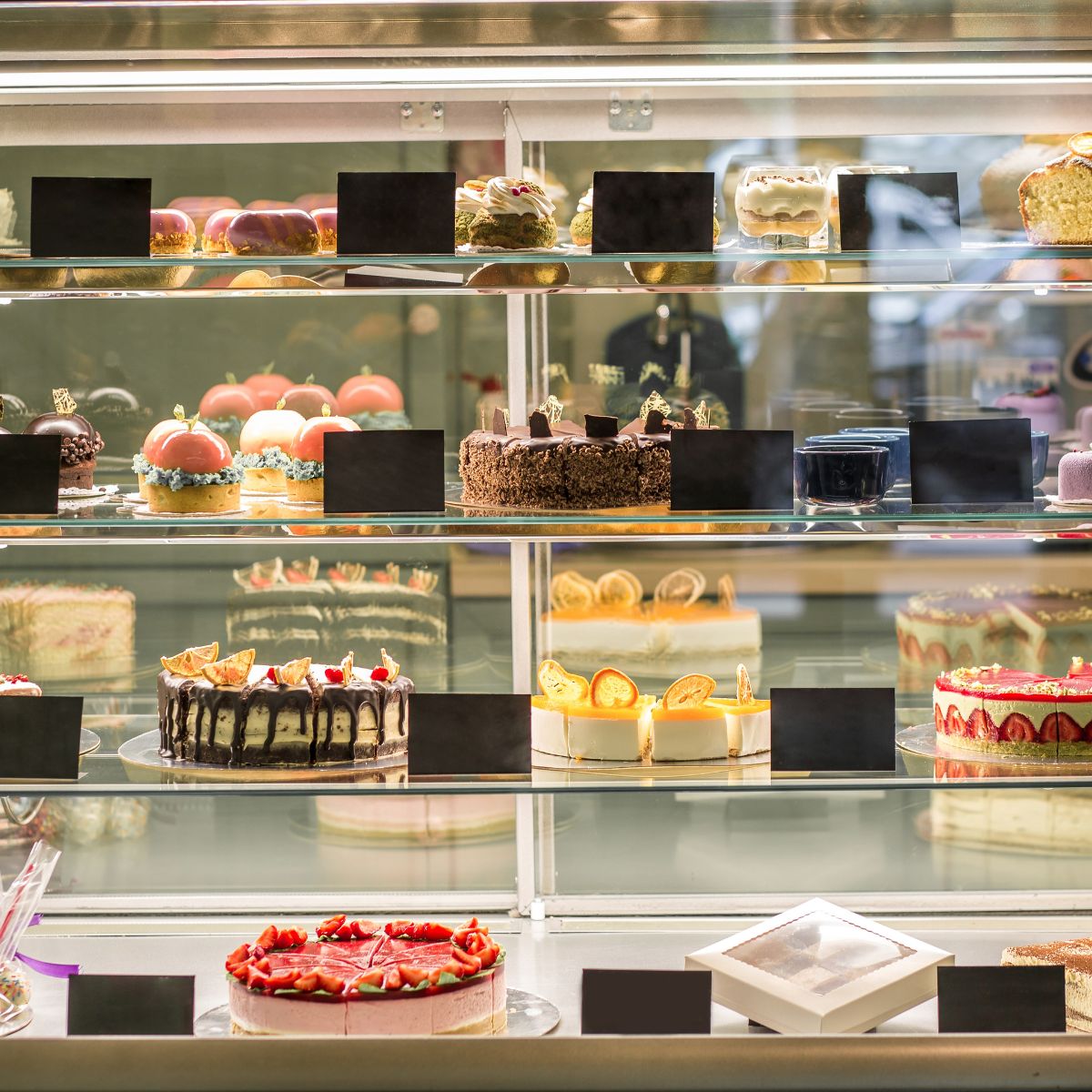


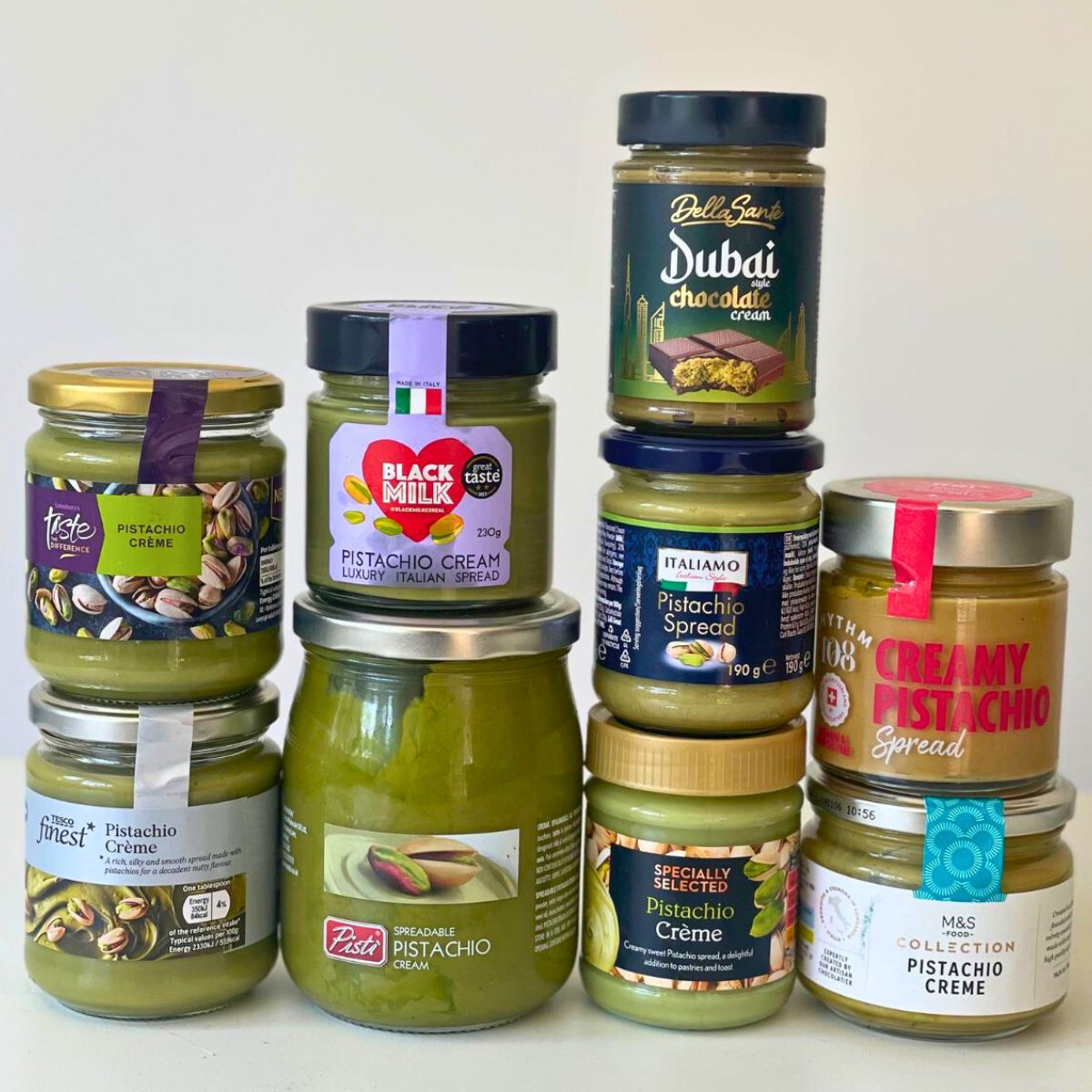
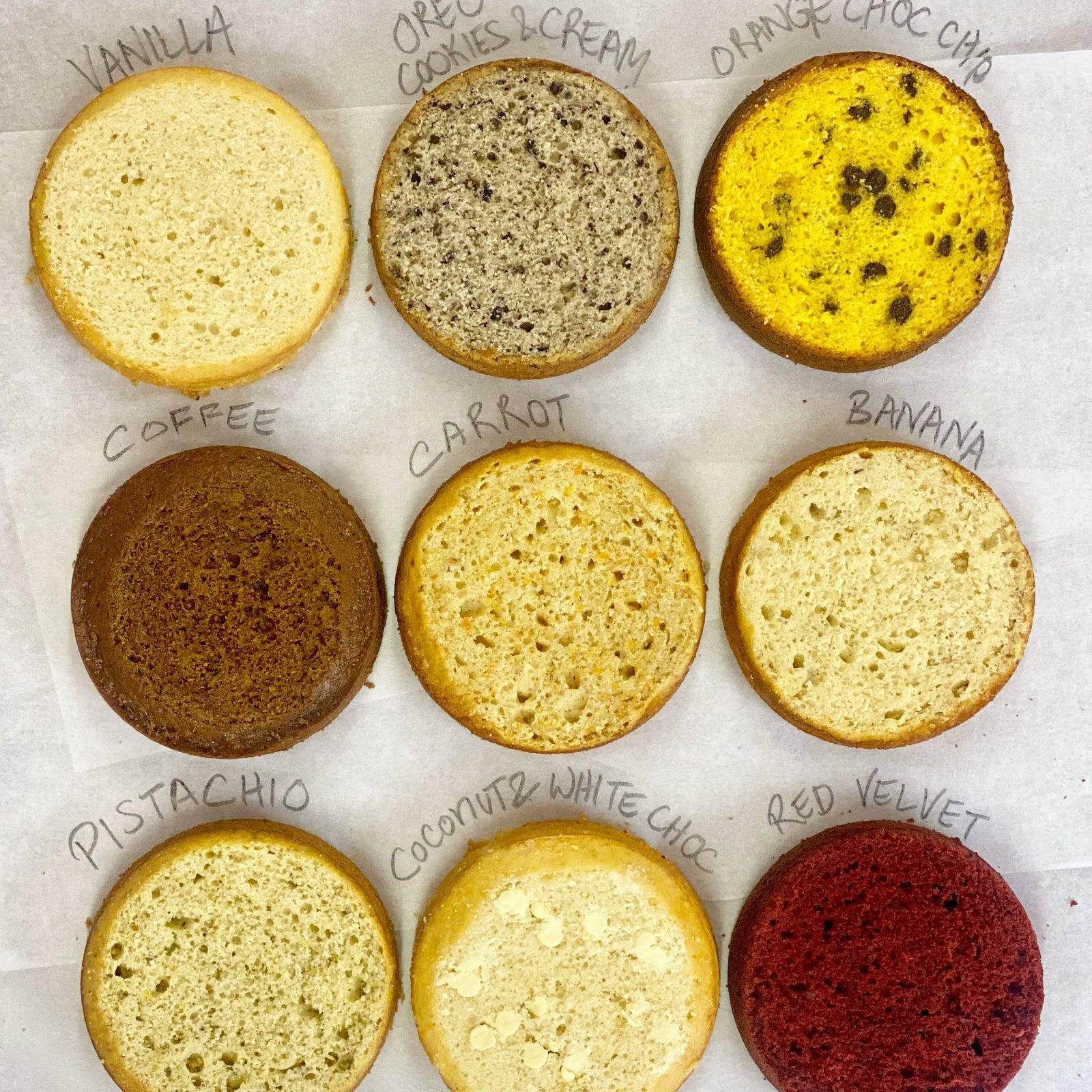
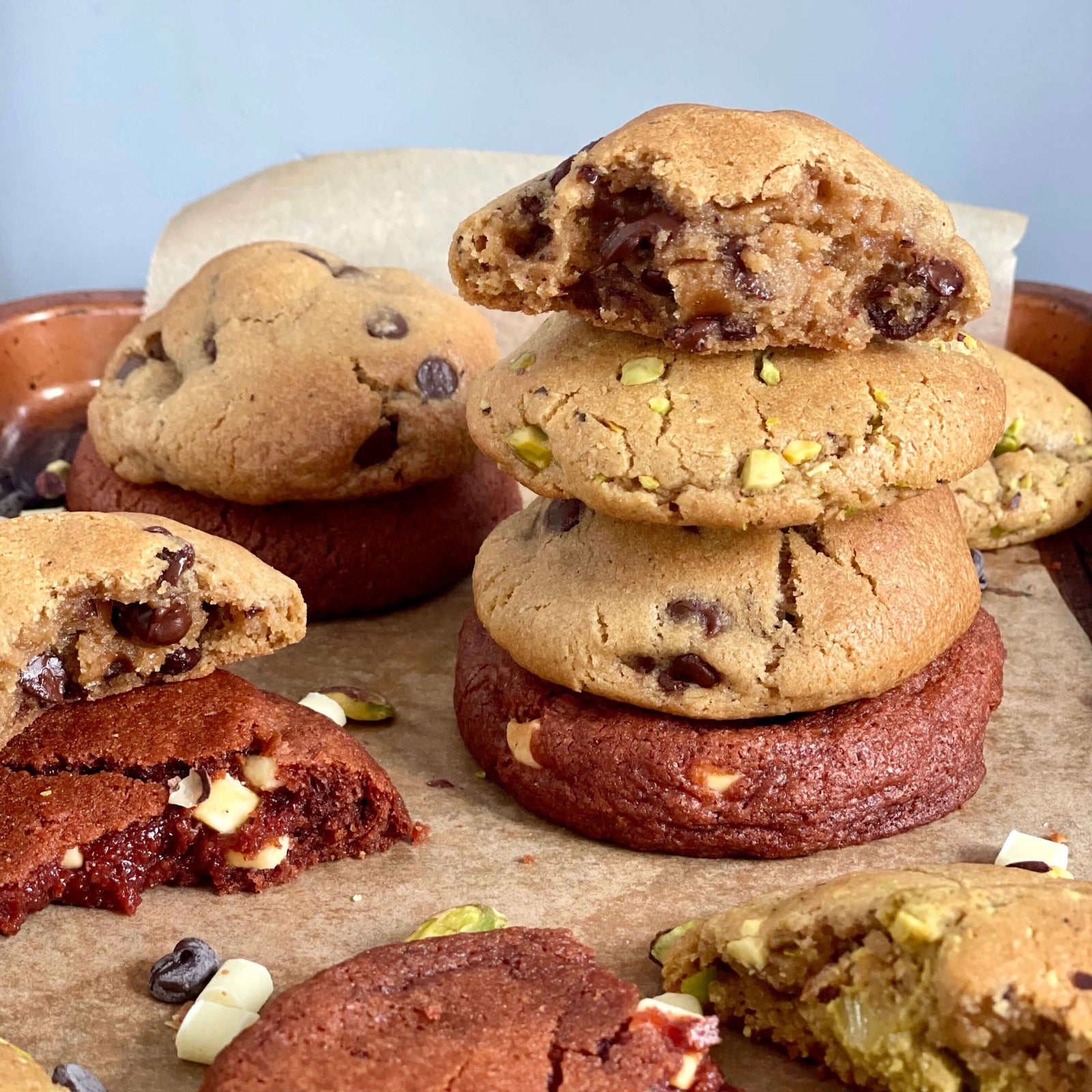
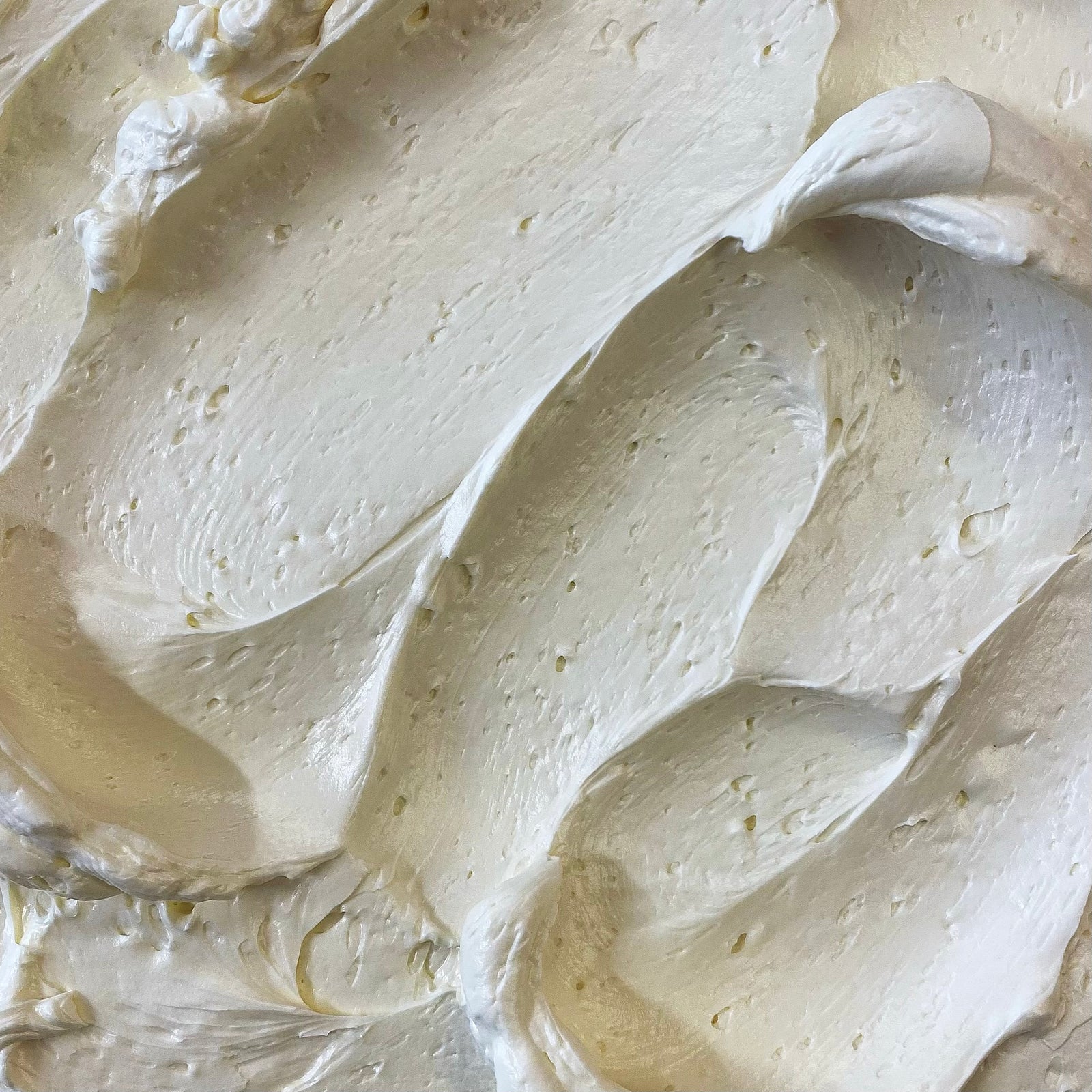

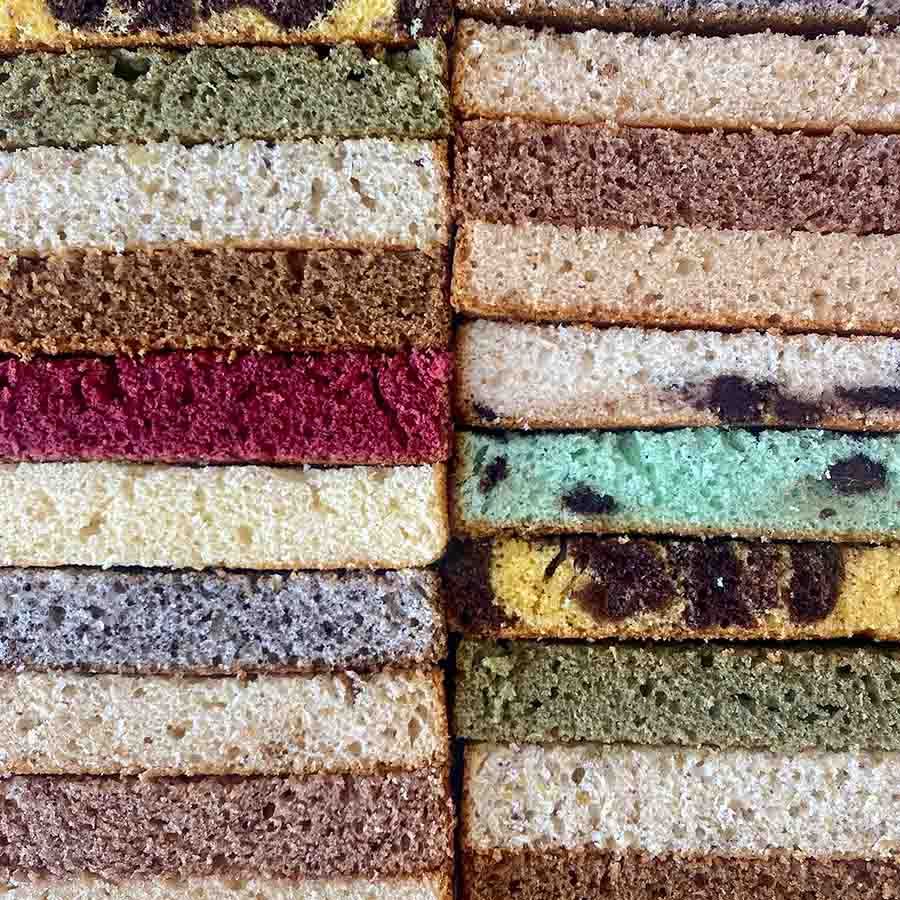
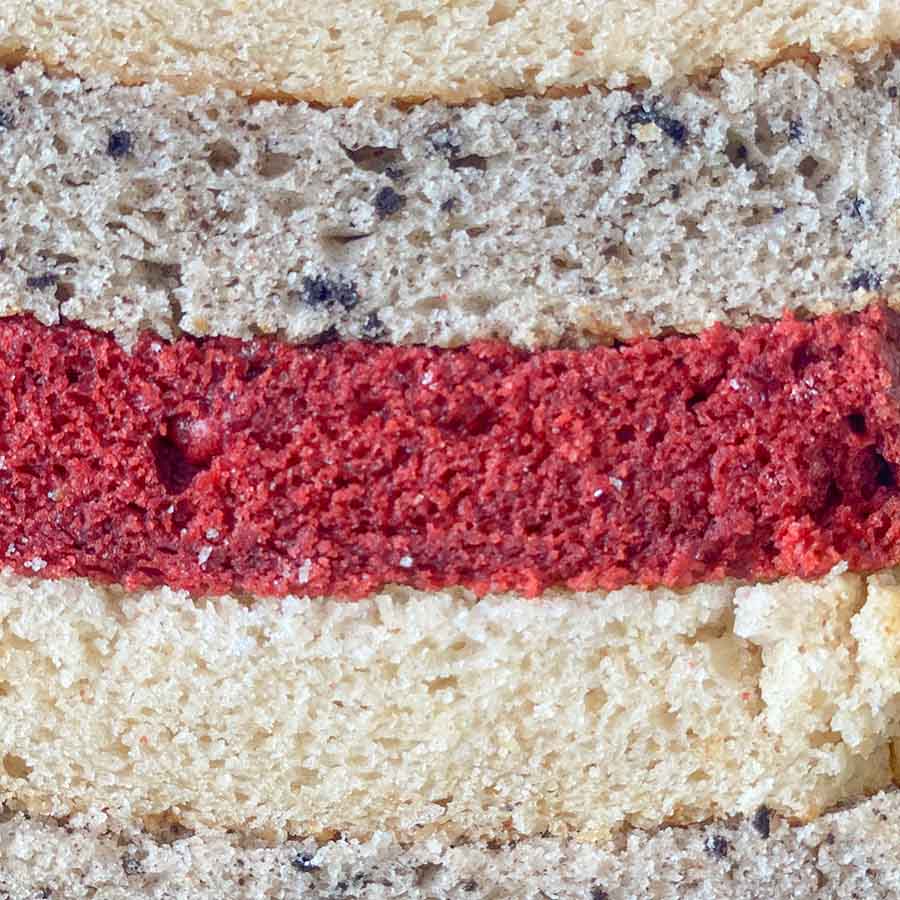
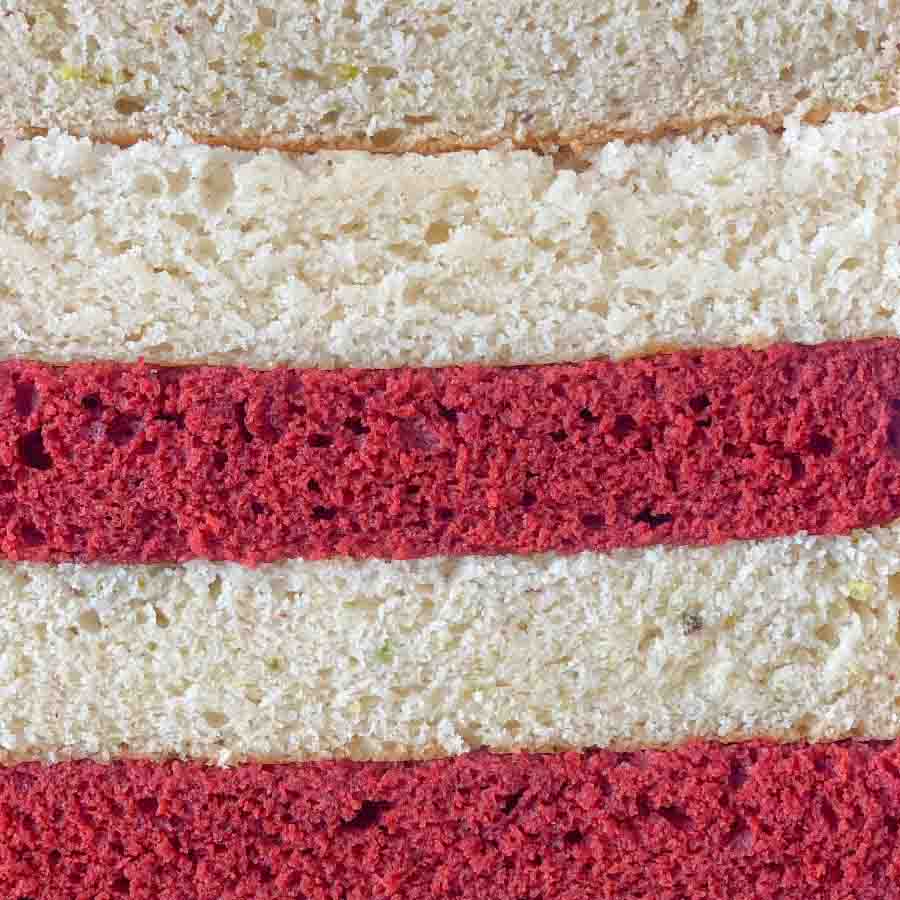
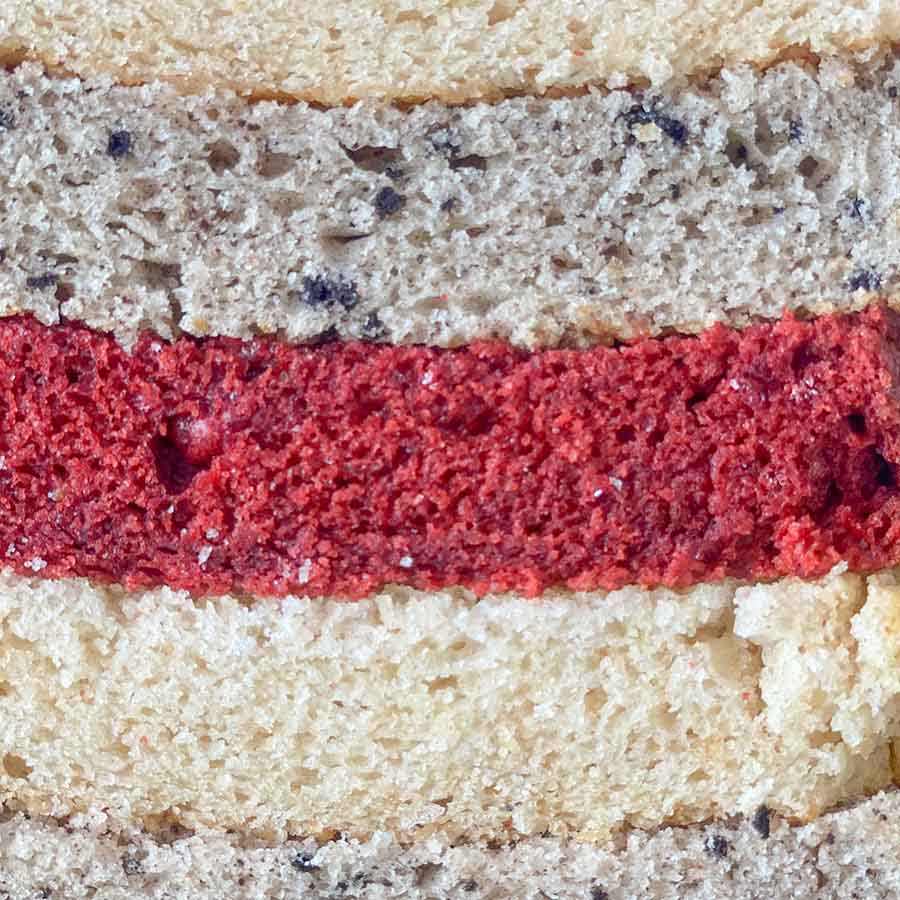

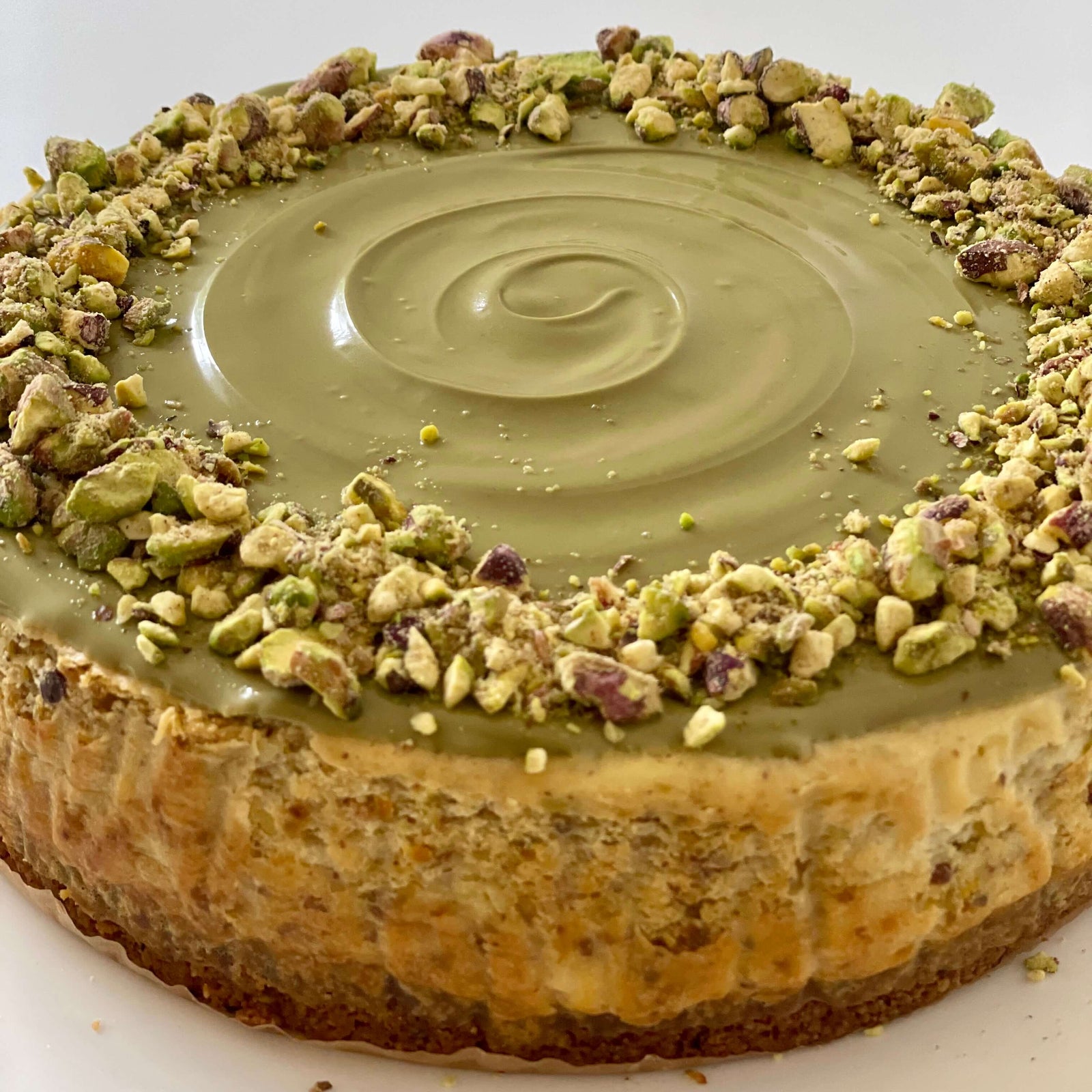
Leave a comment (all fields required)